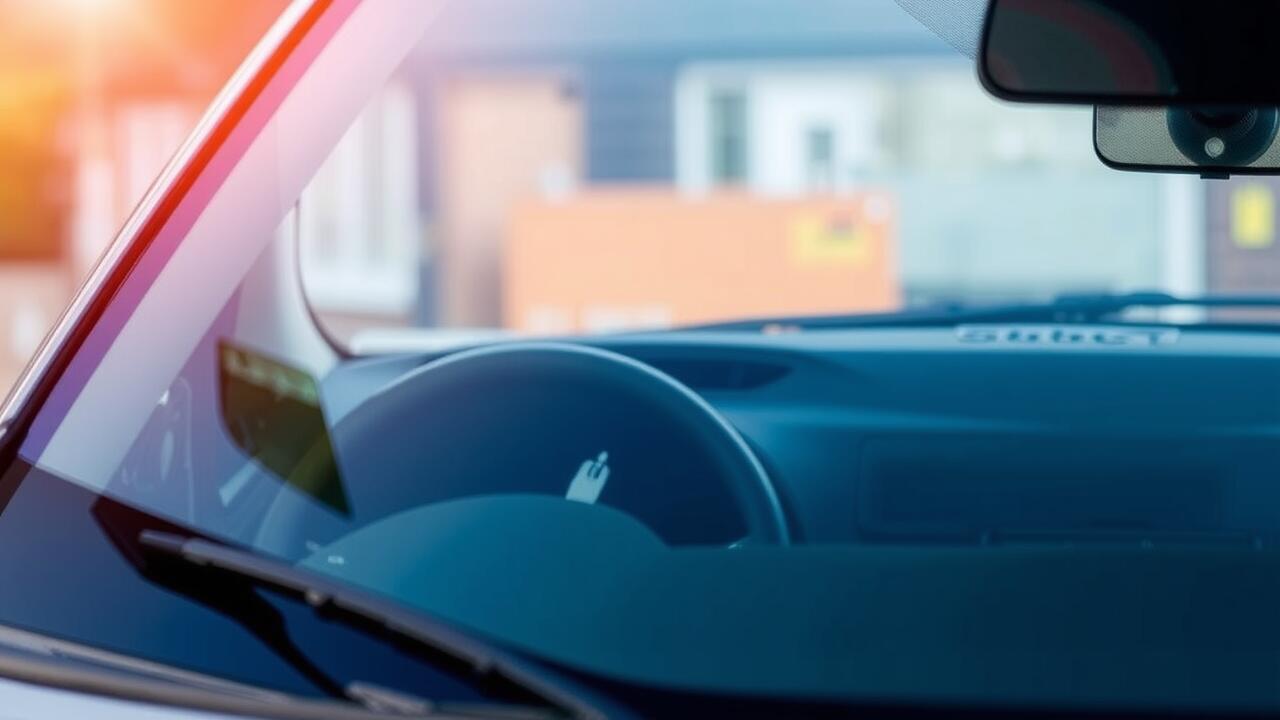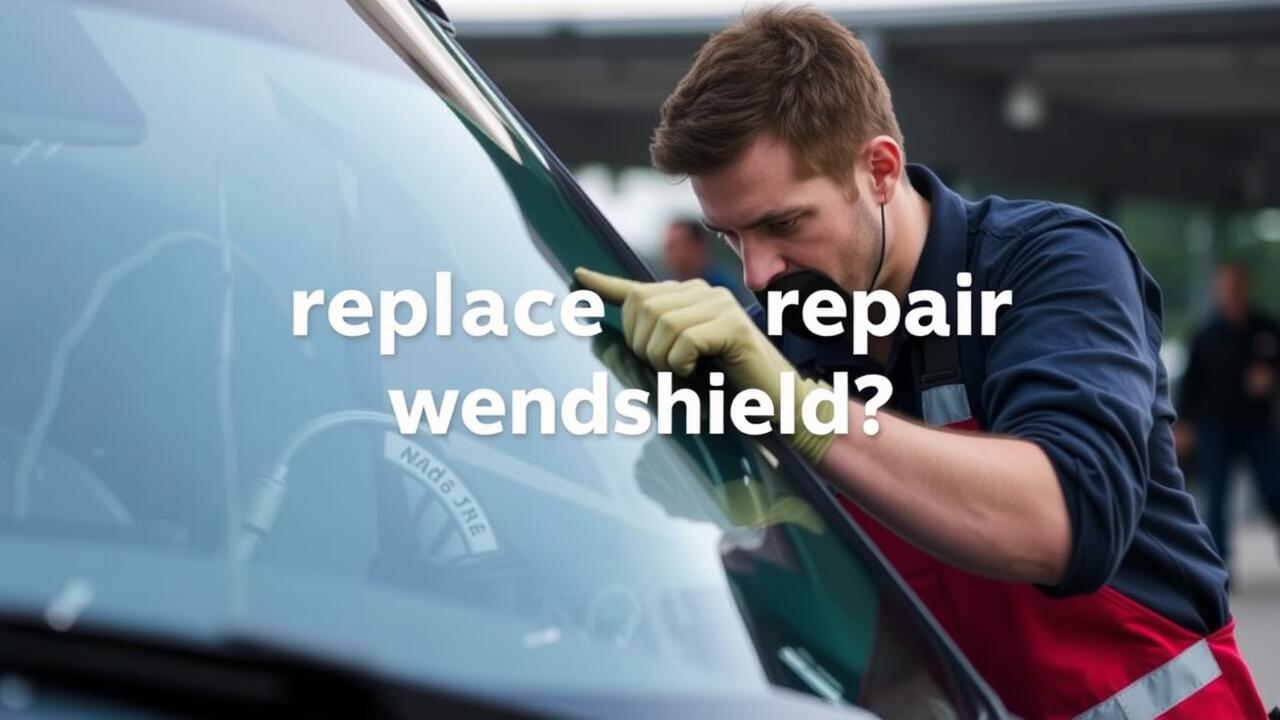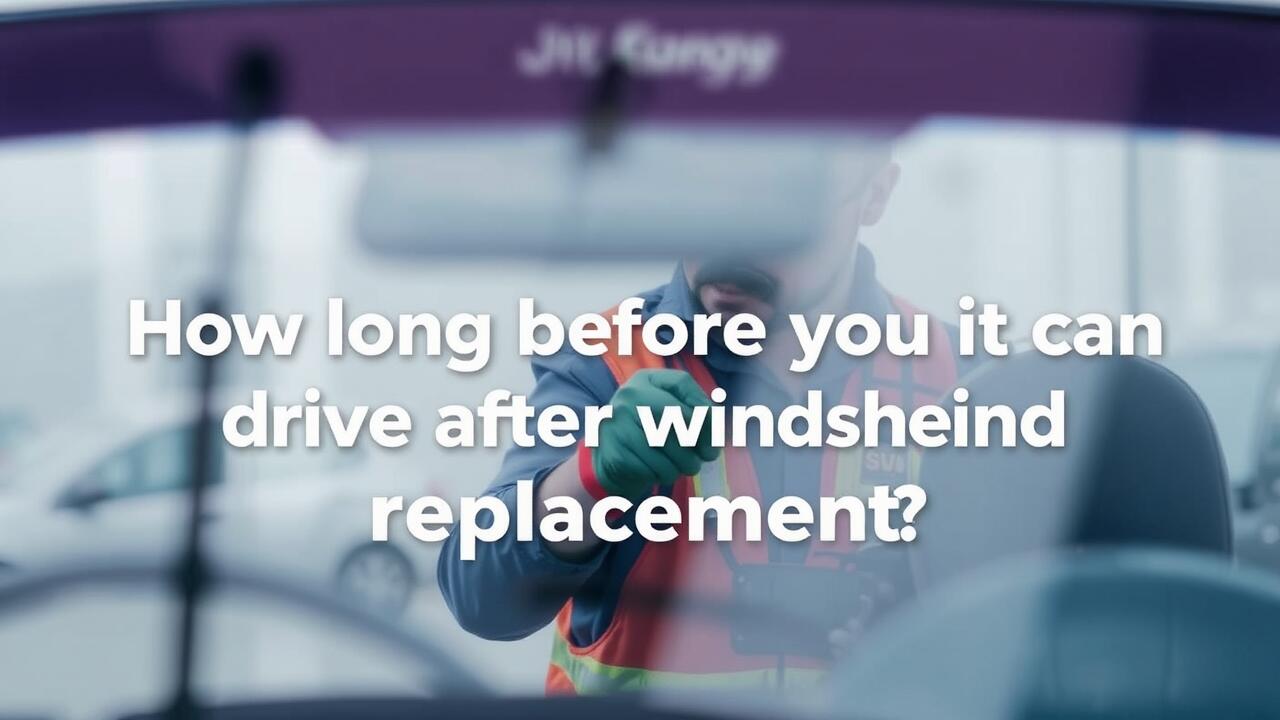
Table Of Contents
Who Should Consider Windscreen Cover?
Windscreen cover can be beneficial for drivers who frequently navigate areas with debris-prone roads or are exposed to harsh weather conditions. Those who often travel long distances may encounter various hazards that increase the likelihood of windscreen damage. If you're someone who parks in areas susceptible to falling branches or high traffic risks, the added peace of mind from a windscreen cover can be a worthwhile investment.
Car owners who have older vehicles may also want to consider this coverage. As windshields can be more prone to chips and cracks over time, having windscreen cover could save significant costs associated with windshield replacement. Those who value the convenience of a quick and hassle-free claims process may find that windscreen cover enhances their overall insurance experience.
Continue reading this article for more information.
Assessing Your Driving Habits and Environment
When considering whether to add windscreen cover to your insurance, evaluating your driving habits and the environment in which you operate is crucial. Frequent driving in urban areas, where road debris and traffic incidents are more common, increases the likelihood of windscreen damage. If your routes involve construction sites or unsealed roads, the risk elevates further. Those who primarily drive in less congested, rural areas might experience fewer instances of chip or crack formation.
Additionally, understanding the costs associated with windscreen replacement can help inform your decision. The price of a new windscreen can vary significantly based on the make and model of your vehicle. If you drive a high-end car, repairs may be more expensive, thus making windscreen cover a more attractive option. On the other hand, if your vehicle is older and parts are affordable, you might opt to self-fund any necessary repairs instead of adding this coverage to your policy.
Claims Process for Windscreen Damage
In the event of windscreen damage, it is essential to understand the claims process to ensure a smooth experience. Initially, you should contact your insurance provider to report the incident. The insurer will guide you through the steps required to initiate a claim. Be prepared to provide details such as the nature of the damage and any relevant photos if possible. Having this information readily available can expedite the evaluation process.
After your claim is lodged, the insurer will assess your situation and determine whether it falls under the covered events. If approved, you will need to arrange for repair or windshield replacement through an authorised service provider. Many insurance policies allow you to choose your repair shop, but it’s worth checking your policy to see if any requirements need to be met. Taking these steps can significantly reduce stress during what can be an inconvenient situation.
Steps to Take When Filing a Claim
When you have sustained damage to your windscreen, the first step is to assess the extent of the injury. Take clear photographs of the damage and note the specifics, such as the location and size of the crack or chip. This documentation will be useful when submitting your claim. Reach out to your insurance provider as soon as possible to discuss the process for windscreen cover claims. They will guide you on the necessary documentation and what information is required for a smooth claims experience.
Once you have filed your claim, it’s essential to follow up regularly to check on its status. Your insurer may require additional information or even a professional assessment of the damage, especially if the windscreens are significant and require replacement. Know your rights regarding any excess fees that may apply for claims related to windscreen replacement. Being proactive in communication can help expedite the process and ensure that your vehicle is restored in a timely manner.
Factors Influencing the Decision
When considering whether to add windscreen cover to your insurance policy, it is essential to evaluate several personal factors. Your driving habits play a significant role; frequent travel on highways or in urban areas with high traffic may increase the likelihood of encountering debris that can damage your windscreen. Additionally, consider your vehicle’s age and condition. Older vehicles or those with less durable glass might be more susceptible to chips or cracks that would necessitate windshield replacement.
Cost is another crucial element in the decision-making process. While the upfront premium for windscreen cover can seem like an added expense, it is useful to weigh this against potential repair or replacement costs. A single incident of windscreen damage could lead to substantial out-of-pocket expenses, especially if a full windshield replacement is required. By assessing both the risk of damage and the financial implications, you can determine whether adding this coverage aligns with your overall insurance strategy.
Evaluating Risks and Potential Costs
When considering windscreen cover, it is essential to evaluate the likelihood of needing to replace your windshield. Factors such as urban versus rural driving conditions play a significant role. City roads often have more debris and higher rates of accidents, which may increase the chances of chip or crack formation. Conversely, rural areas might expose you to different risks, such as wildlife collisions. Understanding the driving conditions you regularly encounter will help determine if the costs of windscreen cover may outweigh potential expenses from unexpected damage.
The potential costs associated with not having windscreen cover can also be substantial, especially given the price of windshield replacement. In Australia, replacement costs can vary significantly based on the make and model of your vehicle. For newer cars, the costs may exceed thousands of dollars due to advanced technology integrated into the glass. By calculating how frequently you experience windscreen damage and the expenses associated with replacement, you can make a more informed decision about whether to include this coverage in your insurance policy.
FAQS
What is windscreen cover in car insurance?
Windscreen cover is an additional type of coverage in car insurance that specifically protects against damage to your vehicle's windscreen, allowing you to repair or replace it without incurring significant out-of-pocket costs.
Who should consider adding windscreen cover to their insurance?
Drivers who frequently travel on gravel roads, live in areas with harsh weather conditions, or have a history of windscreen damage may benefit from adding windscreen cover to their insurance.
How does the claims process for windscreen damage work?
The claims process typically involves reporting the damage to your insurance provider, providing necessary documentation (like photos or a repair estimate), and following their instructions for repair or replacement.
Are there any costs associated with filing a windscreen claim?
While some insurance policies may allow for claims without a deductible, others may require you to pay a portion of the repair costs. It's essential to check your specific policy details.
What factors should I consider when deciding on windscreen cover?
Consider your driving habits, the environment you drive in, the likelihood of windscreen damage, and the potential costs of repair or replacement compared to the cost of the additional insurance coverage.






























